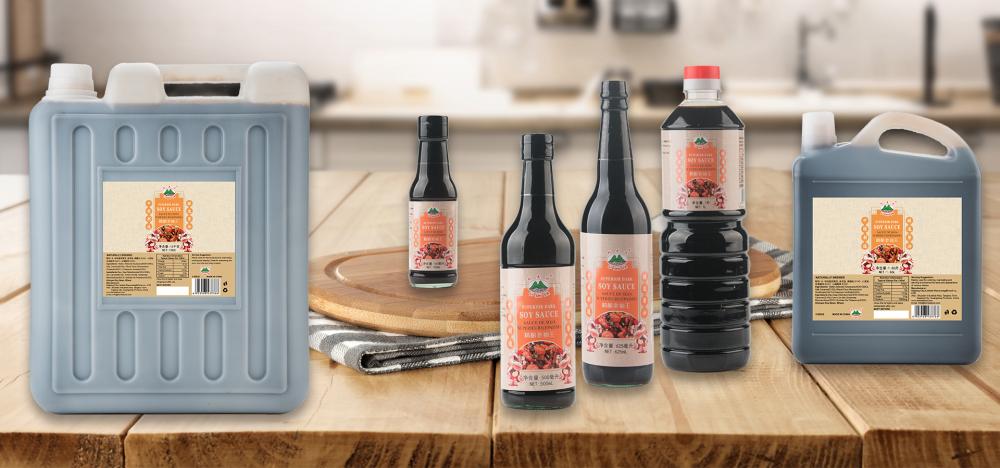Self-made chicken feed nutrition requirements and principles
Farmers' families raise chickens. If feeds are formulated in accordance with the nutritional needs of chickens, the quality of raw materials is guaranteed. The quality of the formulated feeds can generally be guaranteed, not worse than that of large feed mills, and can greatly reduce feeding efficiency. Feed ingredients are divided into four categories based on their nutrients: energy feeds, protein feeds, mineral feed additives, and vitamin feed additives. Water is not included in feeds. First, feed nutrient composition requirements 1, energy feed Energy feed refers to feed containing less than 20% of dry matter and less than 18% of cellulose, divided into: (1) High-energy feed. Mainly animal and vegetable oils and fats. (2) General energy feed. Mainly corn, wheat, sorghum and other seeds, corn is the largest amount of energy feed. (3) Low-energy feed. Mainly rice bran, bran, bad residue grass powder and plant roots and so on. 2, protein feed Protein feed refers to feeds containing more than 20% dry matter and less than 18% cellulose. Mainly include the following: (1) Animal protein feed. It mainly includes animal products such as fishmeal, meat and bone meal, silkworm cocoons, and scraps from slaughterhouses, such as blood meal, feather meal, leather powder, and feeding yeast. (2) Plant protein feeds. The by-products of the oil industry, such as bean cakes, peanut cakes, rapeseed meal, cottonseed meal, etc., are the best vegetal protein feeds with the highest digestibility of bean cakes. (3) By-products of the food industry. Such as pea powder residue, mung bean powder residue, etc., contain high protein. 3, mineral feed Mineral feeds are compounds that provide mineral elements, mainly in the following categories: (1) Carbonates. Including calcium carbonate, ferrous carbonate, copper carbonate, manganese carbonate, zinc carbonate and so on. (2) Sulfates. Including ferrous sulfate, copper sulfate, manganese sulfate, zinc sulfate and so on. (3) Oxide. Mainly include manganese oxide, zinc oxide and so on. (4) Chloride. Mainly include ferric chloride, zinc chloride, copper chloride and so on. (5), other raw materials. Mainly includes bone meal, calcium phosphate, potassium iodide and so on. 4, vitamin feed Although various grain feed ingredients contain a certain amount of vitamins, their contents are quite different due to the processing methods and preservation. Generally fresh green feed has a higher vitamin content and can provide a certain amount of vitamins. Grass powder has a high vitamin content and can be used as a vitamin supplement. However, the majority of grain feeds have been exposed to vitamins after exposure or long-term storage. Therefore, vitamin content in feed ingredients is not considered in general feed formulas, and artificially synthesized vitamins are entirely required to meet the needs of chickens. In addition, there are some non-nutrient feed additives, such as antioxidants that prevent fat and fat-soluble vitamins (Vitamin A, D, E, K) from oxidative deterioration, fungicides that inhibit mold growth, and prevent feed from becoming moldy. A growth-promoting agent, an enzyme preparation, a bacterial preparation, and an anticoccidial agent that suppress the growth of harmful bacteria and have a promoting effect on the growth of chickens. Second, self-made chicken feed should follow the principle 1, to meet the nutritional principles. Any formula must be designed according to the nutritional needs of the formulation subject, to meet the needs of the design object for each nutrient. 2, the principle of nutritional balance. Especially amino acid balance. For some feeds, such as peanut cakes, although the ratio of lysine to methionine is suitable for the nutritional requirements of chickens, if it is used with low-lysine feeds such as corn and sorghum, high-lying feeds containing lysine are also required. Or add lysine, otherwise it will cause lysine deficiency. In addition, arginine is high in peanut cakes and must be mixed with feeds with low contents, such as rapeseed cake, fish meal or blood meal, otherwise it will lead to high arginine content and antagonism of lysine absorption. . 3, the principle of security permission. In chicken feed, many ingredients, such as rapeseed cakes, cottonseed cakes, etc., contain substances that are unfavorable to the nutrition of chickens. Especially chickens and breeders should be used as little or as little as possible. The following describes the limited use of several raw materials. 4, easy to digest principle. Many substances in feed, such as wheat bran and unhulled sunflower seed cake, contain high crude fibres. Chicks are difficult to digest and should be used as little as possible. 5, the principle of low cost. The cost of feed accounts for 70% of the total cost, so when preparing feed, it is necessary to have a comprehensive nutrition, but also pay attention to reduce costs. Overpriced feed ingredients are used as little as possible. The choice of materials should be based on local conditions, easy to purchase, and cost-effective.
With different capacity of Lishida Dark Soy Sauce,our products are popular all over China and exported to America,Europe,Africa and so on.Also,we cooperate with well-known brands for OEM business.
Dark Soy Sauce Dark Soy Sauce,non GMO Soy Sauce,OEM Dark Soy Sauce KAIPING CITY LISHIDA FLAVOURING&FOOD CO.,LTD , https://www.lishidafood.com

We select non-GMO soybeans and other high quality ingredients to brew in the traditional process.We have passed the Quality Standard Certificate,ISO9001 Quality Management System Certificate,HACCP System Certificate and so on to maintain strict quality assurance.
We offer safe and great quality with favourable price,and welcome to contact us!